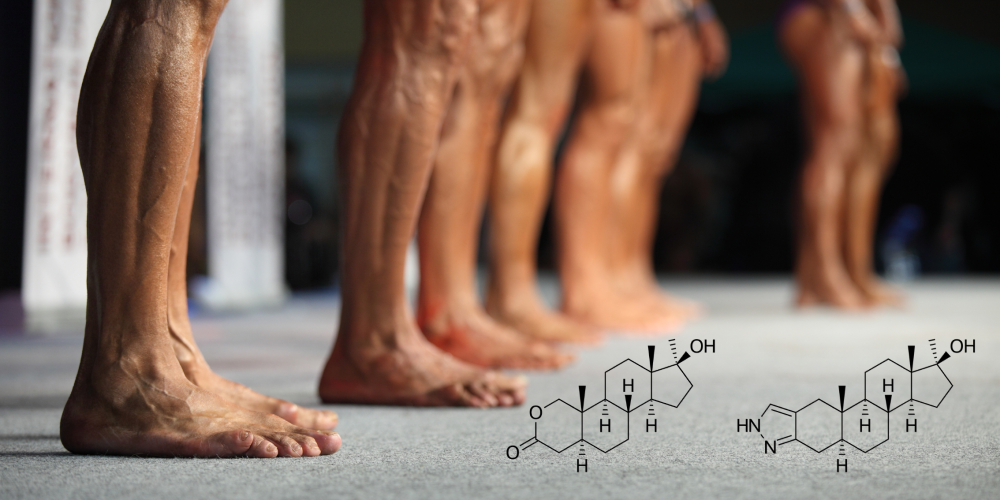Co-polyacrylamide: a filler that can last for a decade
Co-polyacrylamide, a synthetic polymer, is a popular and effective dermal filler in cosmetic dermatology. Known for its durability and biocompatibility, co-polyacrylamide-based fillers are mainly used to correct facial volume loss, smooth wrinkles, and contour facial features, as well as fill certain body parts. While other fillers like hyaluronic acid and collagen dominate the market, co-polyacrylamide offers unique benefits that make it a compelling choice for certain aesthetic applications. In this article, we explore what co-polyacrylamide is, how it works as a filler, and the potential benefits and risks associated with its use.
Co-polyacrylamide is a synthetic polymer made from acrylamide monomers, which are linked to create a stable gel-like substance. This polymer is non-biodegradable, meaning it is not absorbed or broken down by the body over time. Because of its stability, co-polyacrylamide fillers provide long-lasting results, often making them a semi-permanent solution for those seeking facial enhancements.
These fillers are usually made up of two main components: physiologic 0.9% sodium chloride solution (around 96%) and polyacrylamide (about 4%). The water in the gel allows for smooth, natural-looking results, while the polymer provides structural support and longevity.
When injected into the skin, co-polyacrylamide gel integrates into the surrounding tissue without being absorbed by the body. Its stable structure makes it ideal for adding volume, correcting deep wrinkles, and enhancing facial contours. The filler remains in place, allowing it to provide sustained results over time. Its smooth texture ensures even distribution under the skin, minimizing the risk of lumpiness or unevenness, which can sometimes occur with other fillers. Because it is hydrophilic (water-attracting), the gel can hold a significant amount of water, further contributing to the volumizing effect.
The main applications
Facial contouring
Co-polyacrylamide fillers are frequently used to define and enhance facial features, such as the cheekbones, jawline, and chin;
Wrinkle reduction
They are effective in reducing the appearance of deep wrinkles and folds, such as nasolabial folds or marionette lines;
Volume restoration
This filler is ideal for restoring lost facial volume due to aging, particularly in areas like the cheeks and temples;
Non-surgical rhinoplasty
Co-polyacrylamide gel can be used to make subtle adjustments to the nose without surgery, such as raising the nasal bridge or correcting minor imperfections;
Breast and buttock augmentation (in some cases)
In some regions, co-polyacrylamide has been used for body contouring purposes, though this is less common due to regulatory restrictions in some countries;
The benefits
Long-lasting
Unlike temporary fillers like hyaluronic acid, co-polyacrylamide fillers can last for several years, reducing the need for frequent touch-ups;
Natural-looking
The gel’s smooth texture and ability to integrate with tissue provide subtle and natural-looking outcomes;
Non-biodegradable
Its non-biodegradable nature means that the filler doesn’t break down, offering more predictable and consistent results over time;
Minimal allergic reactions
Since co-polyacrylamide is a synthetic material, the risk of allergic reactions is generally low, making it suitable for most patients.
Common side effects
While co-polyacrylamide fillers offer numerous benefits, they are not without risks.
Swelling, bruising, and redness
These are typical for most injectable treatments and usually resolve within a few days;
Infection
As with any injectable treatment, there is a risk of infection if proper hygiene protocols are not followed;
Nodules or lumps
Although rare, some patients may develop nodules or lumps at the injection site. This can occur if the filler is injected unevenly or too superficially;
Migration
Since the filler is non-biodegradable, there’s a potential for the product to shift or migrate from the original injection site over time, which may require correction;
Difficult to remove
Unlike biodegradable fillers, co-polyacrylamide cannot be dissolved with enzymes like hyaluronidase. This means that correcting over-injections or other complications can be more challenging and may require surgical intervention.
In conclusion, co-polyacrylamide is a very strong option for those seeking long-lasting facial and body enhancements. While it offers unique benefits such as durability, natural-looking results, and minimal allergic reactions, it also presents challenges like the potential for migration and difficulty in removal. People considering co-polyacrylamide fillers should weigh the benefits and risks of using this substance, especially the double-edged sword that is the semi-permanent nature of the results it can deliver.









